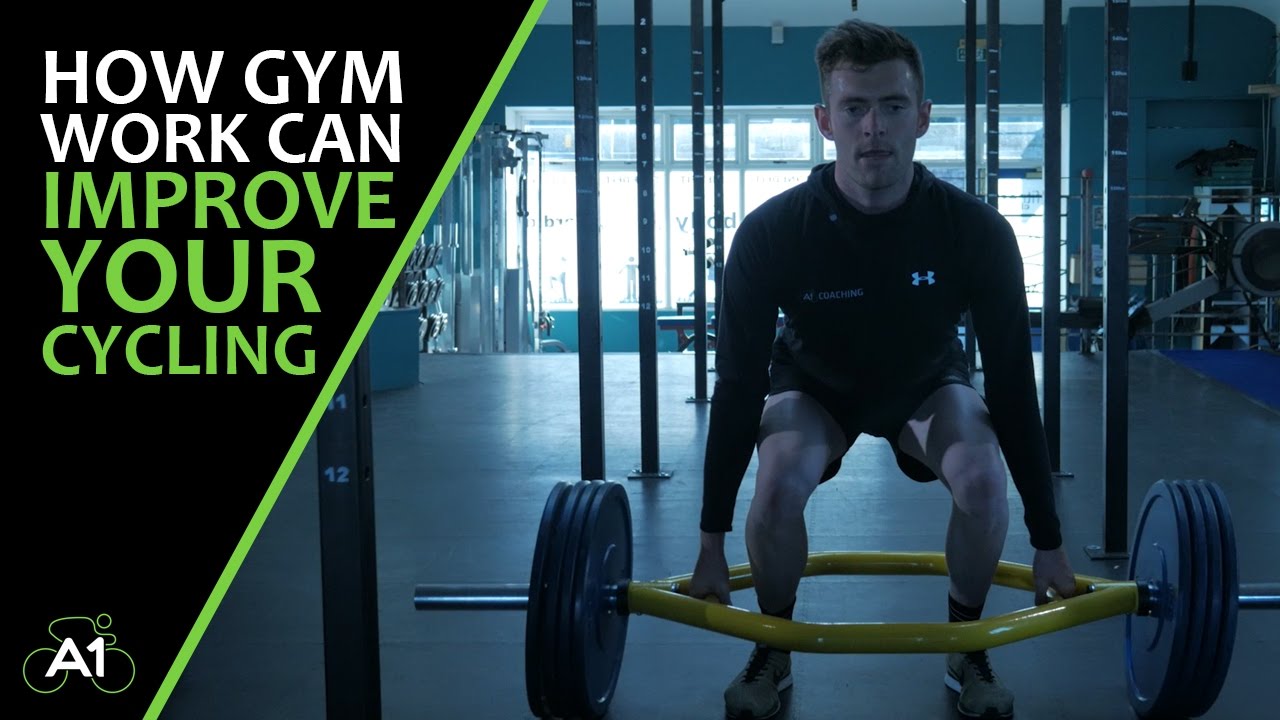6 Reasons why cyclists should consider making time for strength and conditioning.
Once the domain of bodybuilders and athletes involved in strength and power sports, resistance training is now universally accepted as a vital training component for endurance athletes and essential to overall health and well-being.
In addition to improving riding, a resistance-training program done on a regular basis can go a long way toward improving quality of life.
Improves Bone Density
There are several studies that investigate bone density in competitive cyclists and have found that some elite-level riders have less bone density than sedentary individuals. Cycling is a non-weight-bearing activity, and while this may be great for people with orthopaedic concerns or previous injuries, it contributes very little to bone health. Further research is needed to determine the exact reasons behind this bone loss, but resistance training can help strengthen our bones and combat the threat of osteopenia and osteoporosis.
Helps Minimise Muscular Imbalances
Using the example of someone who has just completed a 4-hour ride averaging 85
revolutions-per-minute, which equates to 20,400 pedal strokes. Over time, this can create a muscle imbalance in which hip and knee extensors (quadriceps and glutes, the muscles responsible for pushing downwards on the pedals) can become quite strong while the other muscles in your lower extremity (hamstrings and hip stabilizers) can lag behind. Resistance training can help to minimise the possibility of muscular imbalances.
Power
Sprinting up a hill, kicking a football or playing with children involves a certain element of muscular power. Cycling does wonders for the aerobic system, but does very little to enhance muscular power (unless training as a track cyclist or competitive cross-country racer). Specific forms of resistance training (hops, jumps, and other types of plyometric exercises) will enhance the natural elastic capabilities of muscles and tendons to make us more powerful rider and also help with other sports and activities.
Balance and Coordination
Riding a bike takes a decent amount of balance and coordination (especially off road). However, once we master the basic skills the simple act of riding no longer challenges our neuromuscular systems to improve. Resistance training, especially with free weights and various balance implements (BOSUs, exercise balls and medicine balls) can help improve balance and coordination to make us safer riders and stronger individuals. This is particularly important as we age, there is evidence showing that among older adults (those 65 or older), falls are the most common cause of nonfatal injuries and hospital admissions. In addition to strengthening muscles, resistance training has a positive effect on the nervous system. Muscles can't act by themselves—they need signals from the brain via
nerves to function optimally, and resistance training enhances this communication, which can improve balance and coordination.
Help Minimise Overuse Injuries
It's impossible to completely prevent injuries, but strengthening key muscles and connective tissues with resistance training may help prevent some of cycling's common overuse injuries (tendinosis, ITB syndrome, neck pain, low back pain). Resistance training cannot only help make us stronger riders, it will make us stronger for life's other demands.
Optimal Muscular Function and Posture
Sitting—whether in front of a computer or TV, behind the wheel or at a coffee shop, is detrimental to posture and causes important muscles including Gluteus Maximus to shut down. As an aside, the Gluteus Maximus play a key role in good running, its responsible for raising the leg behind the thigh and knee behind after pushing off with the foot. Good hip extension channels the energy of that leg swing into forward motion. Without good hip extension, the stride will never be powerful as it can be, or in other words potential speed will be compromised. Correctly using (or firing) the Gluteus Maximus is one of the most common issues for runners of varying ability.
Cycling is not the best activity to promote good posture. When riding, we are typically locked into relatively few positions for long periods of time (and it becomes much worse on a TT bike, especially if not set up correctly and without the necessary flexibility and strength required to gain the full potential). Combine that with long periods of sitting, and it’s possible to develop problems such as forward head posture and rounded shoulders. Fortunately, a simple resistance training program combined with corrective exercises can help improve posture and muscular activation. With better posture and muscles working the way they should, we move better, feel better and look better!
In conclusion, there is scientific evidence (not covered) that strength training does lead to some improvements on the bike, but this requires dedication to a heavy weight lifting programme (mainly during the off season) folded into a comprehensive training programme typical of an elite athlete. However, for the reasons listed there is certainly good reason for weekend warriors and the serious amateur cyclists to allocate time off the bike for some strength and conditioning. There is no single magic bullet to designing resistance-training programmes and it’s not necessary to recruit a strength coach or personal trainer, although they will be able to design a programme that takes into account goals, limitations, available resources and fundamental training principles.
PRE
